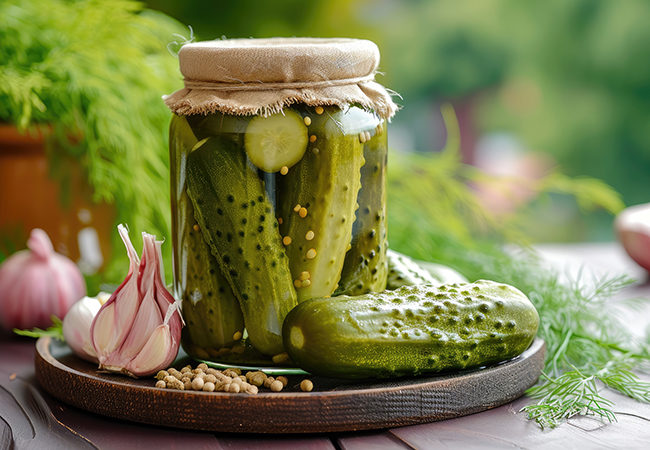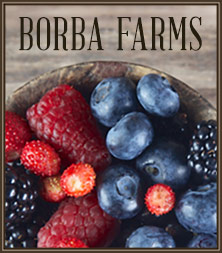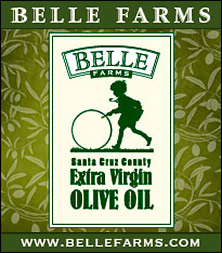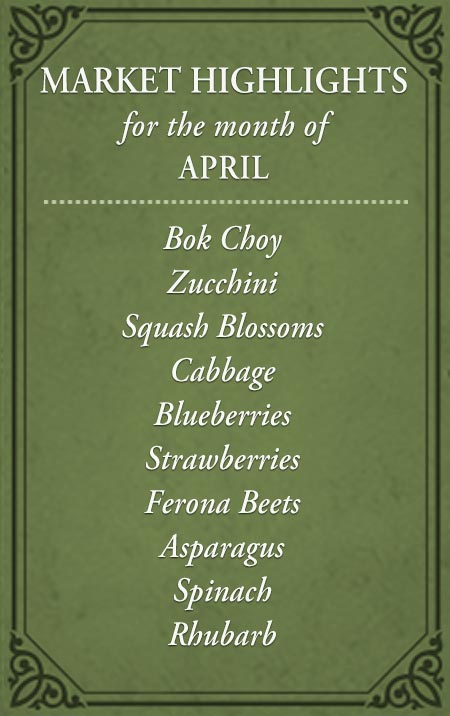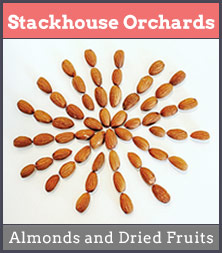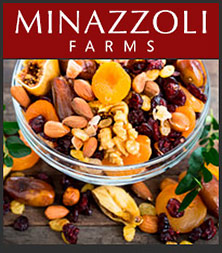If you crave pickles with that perfect crunch and tang, this recipe delivers. By using the low-temperature pasteurization method, you’ll lock in the cucumbers’ crisp texture while ensuring food safety. This gentle technique, held between 180°F and 185°F, eliminates harmful bacteria without overcooking, giving you pickles that stay snappy, flavorful, and vibrant. With fresh dill, garlic, and a simple brine, these homemade dill pickles are a true pantry treasure—ideal for sandwiches, burgers, or straight from the jar.
INGREDIENTS:
Equipment
- 7 wide-mouth 1-quart jars, new lids, and screw bands
- Hot water bath canner
Pickles
- Fresh dill heads and several stems (rinsed well)
- Uniformly sized freshly picked cucumbers, washed, scrubbed, and blossom end removed*
- 1–2 garlic cloves per jar
Brine
- 8 ½ cups filtered water
- 2 ¼ cups white vinegar
- ½ cup pickling salt
*Tip: Sorting cucumbers by size makes packing jars easier and ensures even texture.
PREPARATION FOR CANNING:
Sterilize Jars and Lids
- Wash jars in hot, soapy water (or run through the dishwasher). Rinse and keep filled with boiling water until ready to use.
- In a saucepan, simmer lids and rings in hot water; keep warm until use.
Make the Brine
-
In a large pot, bring water, vinegar, and salt to a boil. Turn off heat and set aside.
METHOD:
Pack the Jars
- Place a dill head and a garlic clove in the bottom of each jar.
- Tightly pack cucumbers to the neck of the jar (uniform sizes make this easier). Add a few sprigs of dill and another garlic clove on top if desired.
Add the Brine
- Pour hot brine over cucumbers, leaving ½-inch headspace.
- Wipe jar rims clean, then secure lids and rings until fingertip-tight.
Process the Jars
- Place jars in a canner half-filled with warm water (120°–140°F).
- Add more hot water until jars are covered by 1 inch.
- Heat water to 180°–185°F and hold this range for 30 minutes. Use a candy or jelly thermometer to check.
- Below 180°F = unsafe.
- Above 185°F = pickles may soften.
Cool and Store
- Carefully remove jars and place on a towel. Let cool, undisturbed, for 24 hours.
- Check seals (lids should be slightly indented). Wash jars, remove screw bands, label, and store in a cool, dark place.
NOTES:
- When washing and scrubbing cucumbers, sort them into piles by size. Using uniform sizes not only makes your jars look nicer, but it also makes for easier packing, too.
- The above water bath canning method described in the recipe is called Low-Temperature Pasteurization. According to current guidelines, it results in a better product texture but MUST be carefully managed to avoid possible spoilage.
- For optimum shelf-stable safety of any fresh-pack dill pickles, the jars should be processed in a boiling water bath covered by at least an inch of water. Ten minutes for pints and 15 minutes for quarts.
NOTES:
Texture tip: Low-temperature pasteurization keeps pickles crisp, but precise temperature control is essential for safety.
Alternative method: For maximum shelf stability, process jars in a boiling water bath—10 minutes for pints, 15 minutes for quarts.


